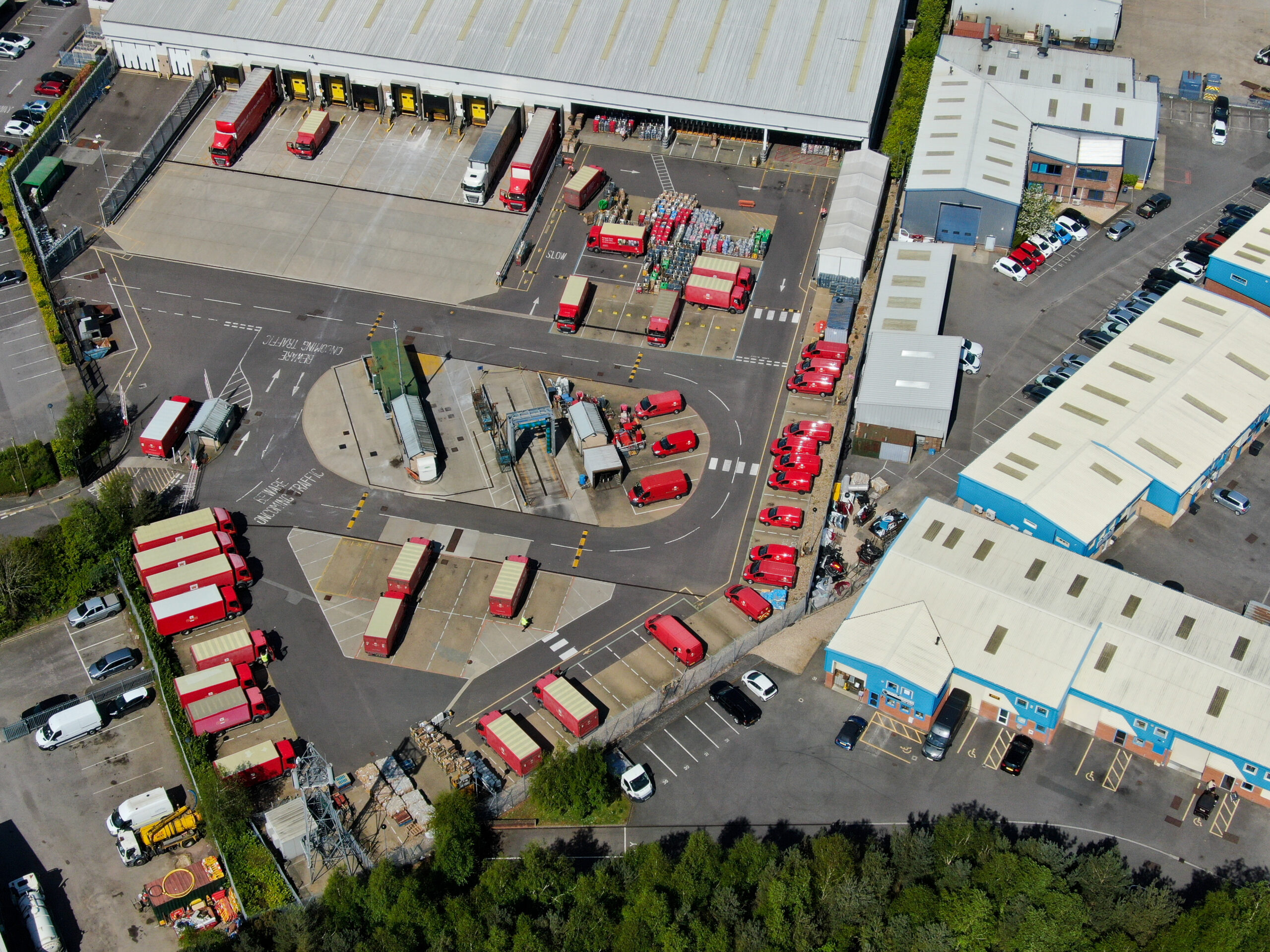In order to truly optimise your fleets capital and operational costs, you need a certain level of information. Does your team have the systems and data to provide the right answers to the following questions?
How much capital do I need to optimise and run my fleet over the next 3, 5 or 10 years?
- Am I able to accurately represent and request this funding from the board, the public or upper management
- How can I identify and smooth any peaks in the capital funding requirements over the next 3-5 years?
- Are we operating the right business depreciation policy?
- How much funding am I likely to be provided with, and what funding is actually needed?
- What impact does legislation have on our operations? Are we green enough?
- Can I assess the impacts on similar specifications by the manufacturer to support my decisions?

What is the impact on my team in terms of costs quality and time for this function?
- Do I have the systems to capture all the important data correctly?
- How many systems/databases/spreadsheets are we using across the organisation?
- What do I use to pull and analyse the data?
- Who is responsible for this? Just one person (single point of failure) or a dedicated team?
- How many stakeholders across the business are involved?
- Who verifies and signs off on the data as being accurate and correct?
How much recurring revenue do I need each year to operate the current fleet?
- How does recurring revenue affect fuel, maintenance, parts, downtime, hire, compliance and green initiatives?
- Can I set annual operational budgets for fuel, workshop and operational customer locations based on the life of the vehicles and the approved replacement plan?
- Have I factored in new legislation for greener vehicles?

How many overdue assets do I have?
- What is the impact of over-age assets on my replacement plan?
- Have I been given enough recurring revenue (maintenance and parts costs) to cover the costs of these assets still in the fleet?
How much operational history by vehicle, category and specification do I have to feed my replacement planning models?
- How much vehicle history by year, category, specification and vehicle do I have to help me make the right decisions on life-cycles?
- Do I know the specifications and model decisions for the next life-cycle?
- Do I know fuel volume and costs?
- Can I access odometer readings and annual mileage by category, specification and vehicle?
- Do you know maintenance labour rates, charges and parts costs?
- Are you aware of your vehicle downtime?
- What are your average hire costs?
- Am I able to score and weigh certain operational factors to help identify and optimise the replacement plan?
Feeling overwhelmed? Don’t worry, there’s an easier way to optimise your fleet costs: AssetWorks Capital Asset Management (CAM). CAM is a comprehensive asset life-cycle-based management system, designed to help asset managers find ways to minimise capital expenditures and operating expenses by maximising the useful life of an asset.












